Happy Halloween! Pumpkins, broomsticks, cauldrons, and black cats are just a few of the objects and living things that have somehow become symbols of autumn and Halloween. But why? For many, it’s puzzling that black cats are a symbol of the occult. After all, once you meet them, you learn they behave similarly to all other cats. In this article, we’ve uncovered the hidden history of black cats.
We’ll discuss the myths and superstitions at the heart of the connection between black cats and dark magic. Learn about the relationships between black cats and witches, bad luck, Halloween, and much more. Prepare to be both fascinated and spooked!
History of Black Cats, Bad Luck, Witches & Halloween
Pin To Pinterest
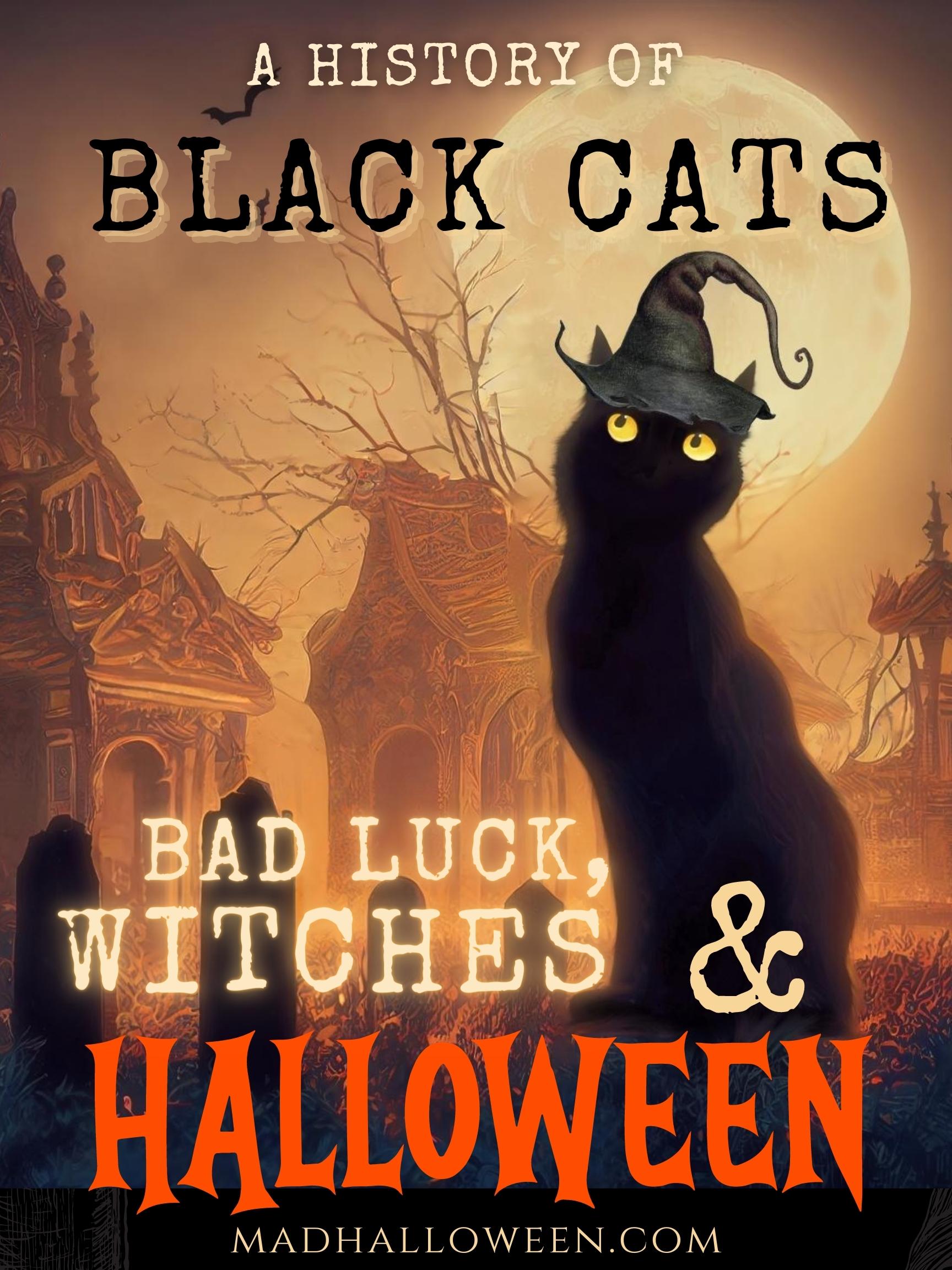
History of Black Cats: Origins of Myths and Superstitions
Black cats have captivated humans for centuries, even millennia. Some of the most famous ancient civilizations have centered black cats in their mythologies.
Ancient Egypt
In Ancient Egypt, everyone from the enslaved people to Pharaohs worshiped them. Ancient Egyptians revered cats of all kinds, but they saw black ones as particularly special. They were also symbols of good luck. Bastet, the goddess of protection, pleasure, and the bringer of good health, had the head of a black cat and a slender female body. Bastet was the daughter of Ra, sister of Sekhmet, the wife of Ptah, and the mother of Mihos.
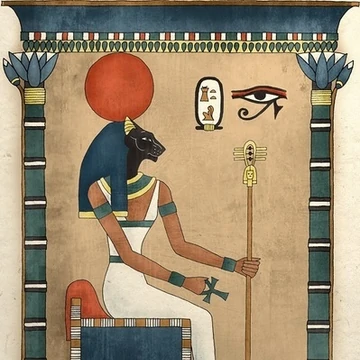
Ancient Egyptian Goddess, Bastet
Ancient Greece
In Ancient Greece, the Goddess Hecate (Hekate) was the Greek Goddess of Witchcraft. The black cat was not only her companion but also assisted her in spells and other practices. If you saw a black cat, it might mean Hecate herself was watching over you.

Greek Goddess of Witchcraft Hecate (Hekate)
Ancient Celtic Folklore
The Ancient Celts, who settled in modern-day Ireland, had the Cat Sith. This dancing black feline with the characteristic white spot on its chest was said to represent fairies. The Cat Sith also appeared in ancient Scotland, where it is rumored to haunt the Highlands to this day.
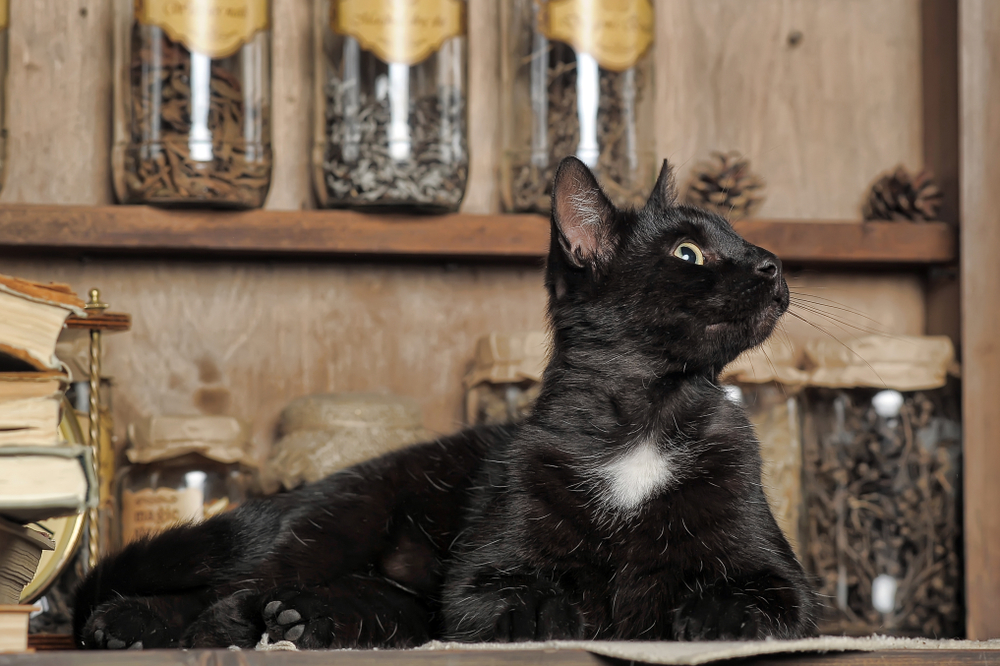
Cat Sith with a characteristic white spot on its chest
Why Did People Start to Fear Black Cats?
If black cats played such a prominent role for so long, why did people start to fear them? Largely, we can trace this shift to the early days of the Catholic Church.
The first generations of Christians sought to spread their faith. As they did, they incorporated certain traditions and made others taboo. Very often, the ones that became forbidden were those associated with witches in particular.
The symbol of the witch quickly became threatening. People needed comfort and stability from religious leaders. That meant rejecting the witch and her black cat companion.
The first time (that we know of) a civilization codified its fear of black cats was during the 13th century. It was done so in the Vox in Rama. Pope Gregory IX declared that black cats were directly associated with the devil or Satan. That meant that by owning one, you were inviting Satan into your home. If you harbored one in your community, it threatened everyone.
After this declaration, many people feared black cats and tried to eradicate them. They also feared what would happen if their neighbors thought they protected them. For that reason, if anyone saw a black cat, they killed it. Sometimes, they hurt the innocent cats before killing them, wrongly assuming their actions pleased God…….so sad!!!
Black Cats and Witches
Before we get into the association between black cats and witches, it’s crucial to understand some of the origins of the fear surrounding witches. We have outlined where we believe this fear may have stemmed from.
The History of the Witch
Before the Middle Ages, the spread of Christianity through Europe was not peaceful. Religion had long been a factor in European conflicts, but early Christianity changed the game.
Christianity is an evangelical religion, meaning that part of the doctrine and practice involved proselytizing to non-believers. Many early religious leaders viewed any semblance or evidence of other faiths as sinful. This included practices, beliefs, idols, songs, texts, and more.
“Thou shalt not suffer a witch to live” – Exodus 22:18 (22:17 in Hebrew). This quote found in the King James Bible was believed to be responsible for giving rise to the persecution of “Witches” across Europe and later here in America. Many believe this statement to have been mistranslated from the original statement in Hebrew. Although, there this is not a widely accepted view. Either way, it assisted in the murder and torture of thousands of people.
People who were labeled a ‘Witch’ were said to be women who conducted pagan ceremonies and others that mostly created concoctions to help heal their community members’ minds, bodies, and spirits. These people were often referred to as ‘Wise Women’. It is commonly recorded that many of these women were either widowed or very poor. Making them easy targets of witch hunters and God-fearing superstitious locals. There are also a number of accounts insinuating that jealousy and personal vendettas were the motivating factors behind some of these accusations.
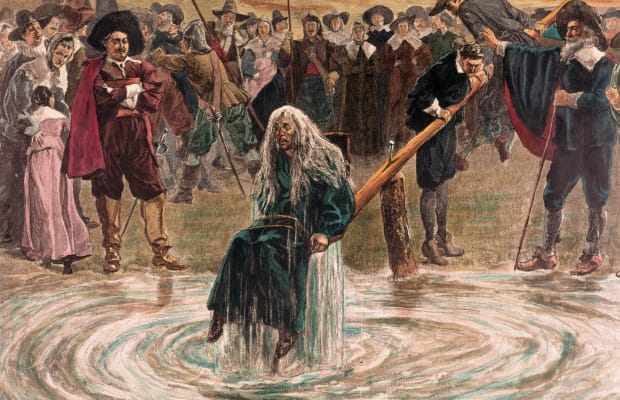
An accused witch being tortured to confess
Black Cats and Witches
A common companion of many of these women is said to have been the cat. The black cat in particular was often seen as a symbol of witchcraft. In most Western cultures, black cats have typically been looked upon as a symbol of evil, as familiars of witches, or actually shape-shifting witches themselves.
Black cats began to be demonized and feared for many similar reasons as witches. Like witches, cats had been regarded as having a unique connection to the divine. As discussed above, some ancient civilizations even worshiped them.
Over the last 150 years, the connection between black cats and witches has evolved into a more celebrated relationship. Art, stories, and the ever-evolving holiday of Halloween have familiarized us more with the history and understanding of folklore. What used to be demonized is much less feared and in many cases loved.
The fun vintage Halloween postcards by Raphael Tuck and Sons, produced in the late 1800s and early 1900s, showcased the black cat and the witch prominently.
The most famous fictional witches are Glinda and Miss Almira Gulch, the Good Witch and Wicked Witch of the West in L Frank Baum’s celebrated 1900 novel, The Wonderful Wizard of Oz. Hollywood has had a significant influence on how we perceive witches and their familiars today. In 1939 The Wizard of Oz film provided us with the iconic green-faced Wicked Witch of the West. It is still one of the most iconic Halloween costumes today.
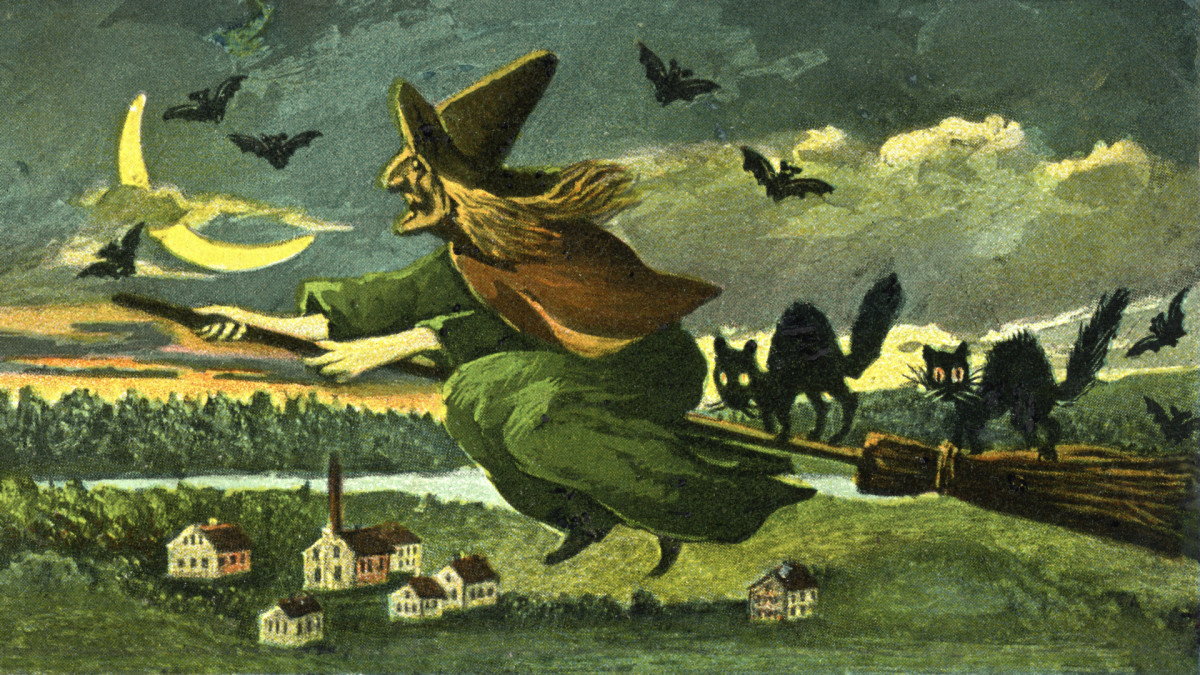
Black Cats and Bad Luck
Many people today still believe that black cats are unlucky. They don’t want to own or encounter one. But the origins of that association were much more threatening and dangerous. In certain situations, people believed, black cats could even endanger your life.
The connection between black cats and witches grew during a scary time in human history. People became even more superstitious as disease and warfare ravaged much of Europe. They also became eager to please the gods in exchange for safety and stability.
It was based on simple logic. People believed that good fortune would befall you if God were happy with you, your family, and your community. Conversely, if you angered God, you would be punished. Christians became desperate to disassociate themselves from anything perceived to be pagan or Satanic, including black cats.
This deep fear sometimes led to extreme beliefs and behavior. Killing black cats became common. They were even blamed for the Bubonic Plague and exterminated en masse. That was a foolish decision because rats helped spread the plague. With fewer cats, the rat population flourished.
The fear of black cats remained as the Middle Ages gave way to the Renaissance. Beginning in the 16th century, new sects rose to challenge the Catholic Church. However, they maintained their stance on witches and their familiars, including black cats.
As time went on, the idea of black cats as representatives of witchcraft endured and spread. Fear of witches led to brutal, terrifying witch hunts in places like Massachusetts, Norway, France, Germany, and more. Harboring black cats was no longer just a bad idea, it could endanger your life. Therefore, being seen with one was more than just unlucky.
Over time, the connection between black cats, witches, and the occult deepened. Black cats appeared everywhere in folklore alongside witches. The association became so ingrained that many people believed witches sent black cats to do their bidding. If one crossed your path, many believed it was a sure sign that a witch was out to get you.
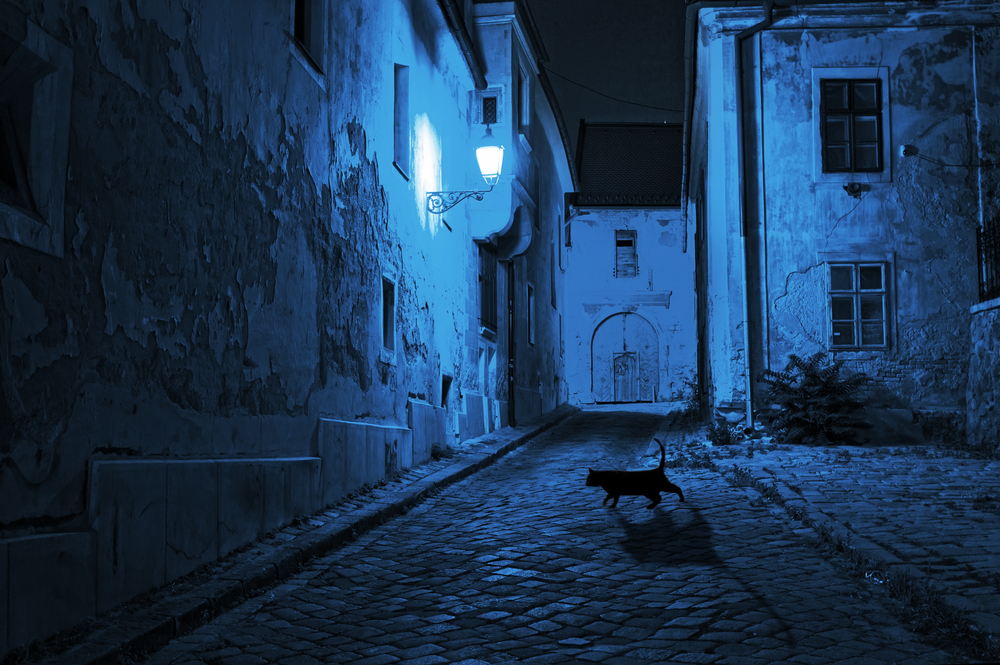
Black Cats and Halloween
If you happen to walk through a store with a seasonal display in September or October, you’re very likely to see black cats. But why?
We must cover some Halloween history to understand this connection. Again, the history of the Catholic Church helps explain why black cats and Halloween are tied.
As the early Christians proselytized, they sometimes incorporated elements of other religions and practices. There were certain celebrations and traditions that groups wanted to hold onto. Many things we associate with Christianity–like Christmas trees and Easter eggs–have pagan origins.
Now, Halloween is a secular holiday. But humans have a very long history of establishing an autumn holiday to celebrate the harvest and mark the change of seasons. After all, people used to live much more in rhythm with the earth.
There was a symbolic tie between winter and death. That’s partly why we still think of fall as a “spooky season.” We know that darkness (shorter days) and cold are coming. Since those are things we associate with the occult, autumn fits well.
Halloween combined a lot of those elements. We see the harvest in the use of pumpkins for Halloween decor. And, of course, Halloween is the holiday when we celebrate all things uncanny or eerie, and we already know why black cats fit well with that.
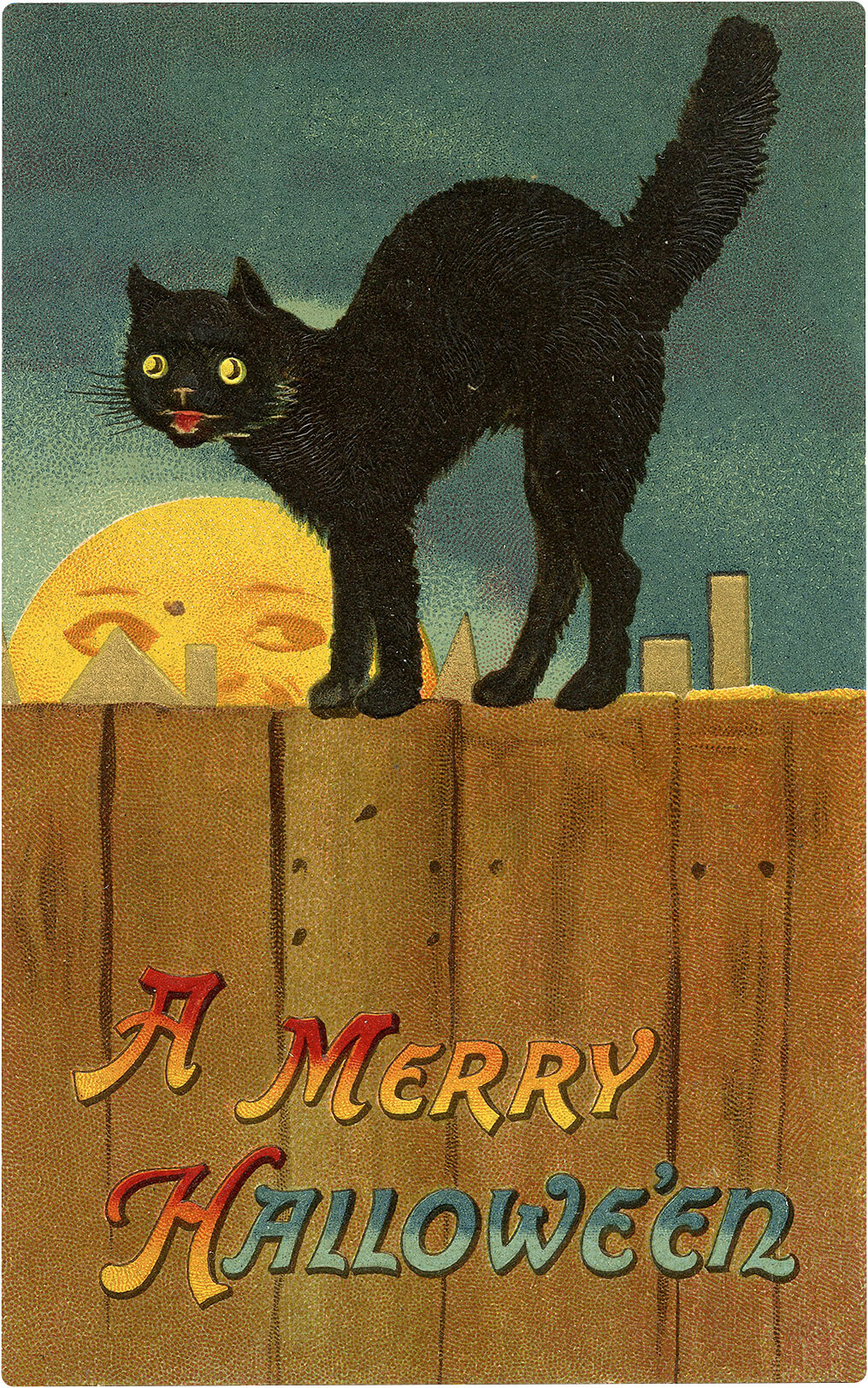
A Vintage Halloween Postcard by Raphael Tuck and Sons
Black Cats in Pop Culture
Part of the reason we still associate black cats with Halloween is that we see them together all the time. Many popular Halloween movies and TV shows, like Hocus Pocus and Sabrina the Teenage Witch, feature black cats.
These characters are often associated with witches, and you can probably name a few others. Now that you know the history, you can be a better critic when you see black cats on the screen.
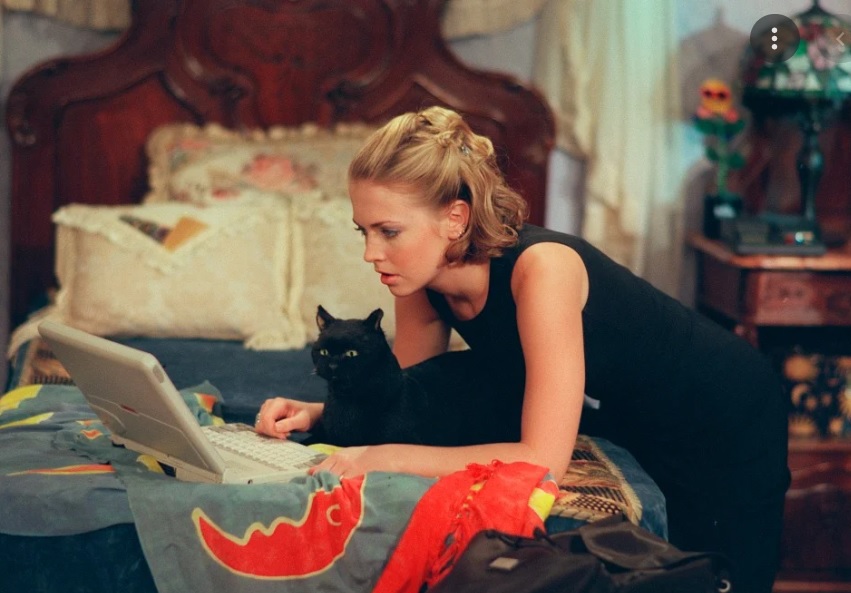
Sabrina the Teenage Witch and her Cat, Salem
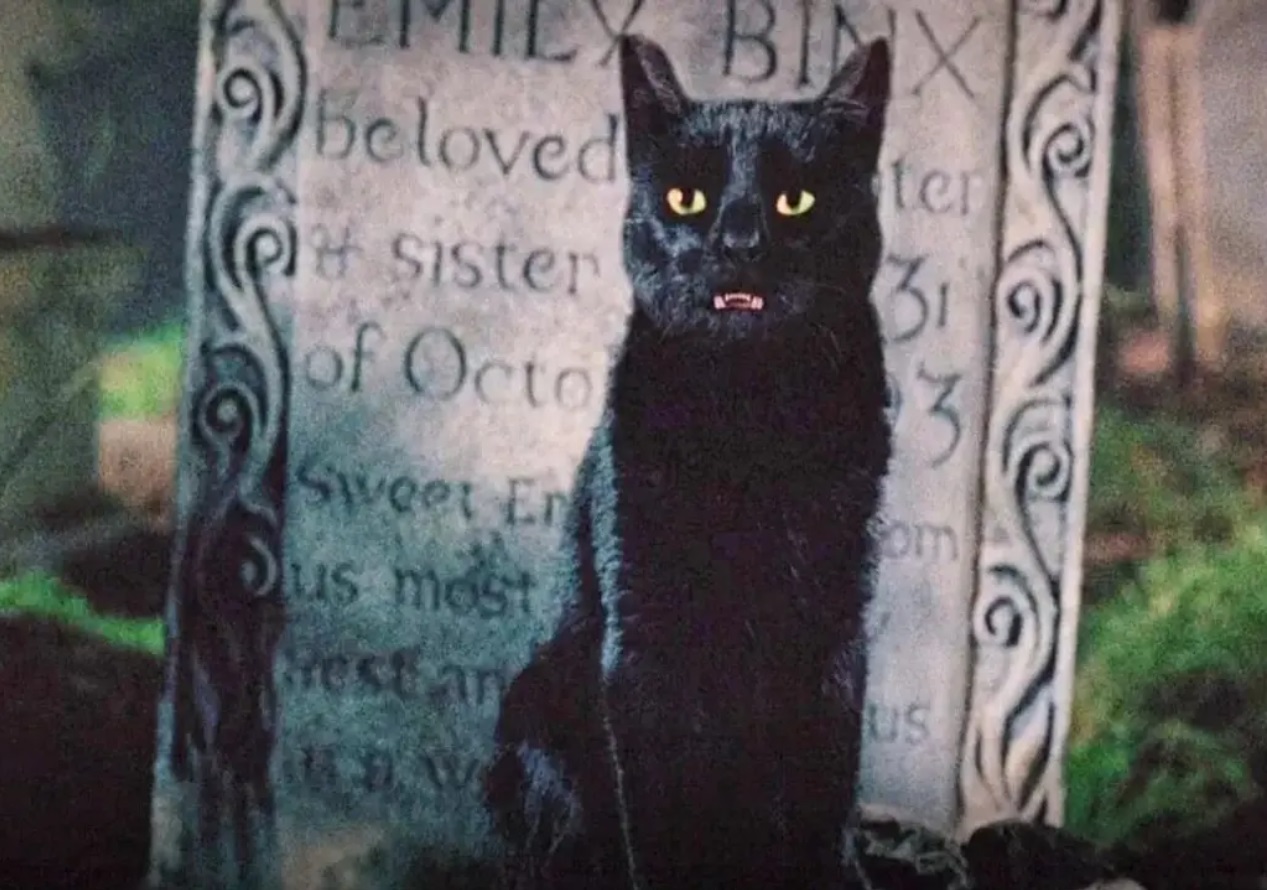
Thackery Binx, Black Cat in Hocus Pocus Movie
Don’t Fear the Black Cat in Your Path
It’s critical to understand where our collective fear of black cats comes from because it still impacts them today. People still don’t like them. Black cats are less likely to be adopted and more likely to suffer abuse. Knowing why we find them creepy can help us overcome this baseless prejudice.
Black Cat Appreciation Day – August 17
Before we go, did you know there is a black cat appreciation day? It’s on August 17 each year. Spread what you know about black cats so more people can love them that day and every other! You can copy this image below and use it on your social media.


Subscribe Today!
Please Share & Comment!
We hope you enjoyed learning about the interesting History of Black Cats, Bad Luck, Witches, and Halloween. Please feel free to leave a comment below and share this post with your friends and family.
We will continue to add interesting, spooky stories and Halloween history. So make you Subscribe to Mad Halloween for all the latest updates. Thank you so much for stopping by and make sure to visit our Halloween Shop and view more Blog Posts!

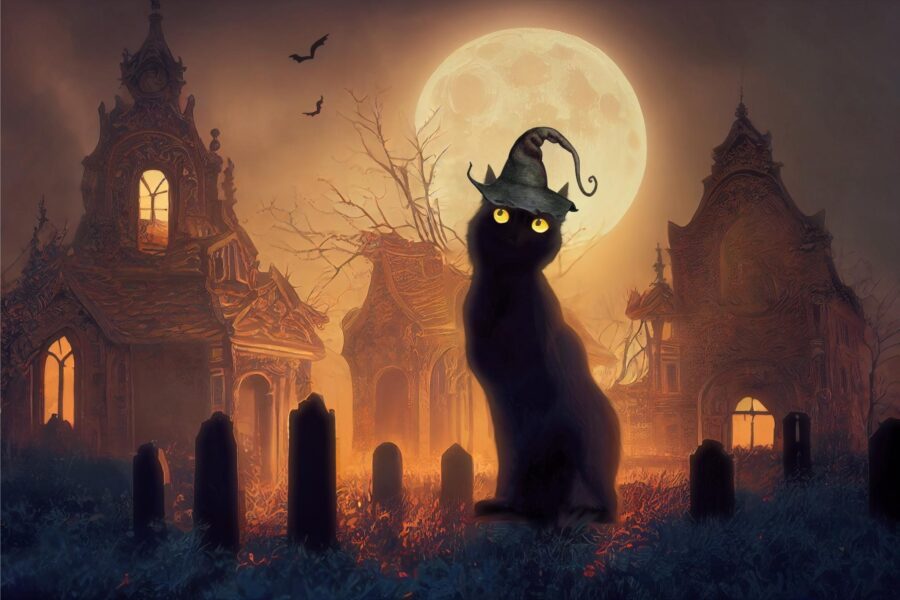

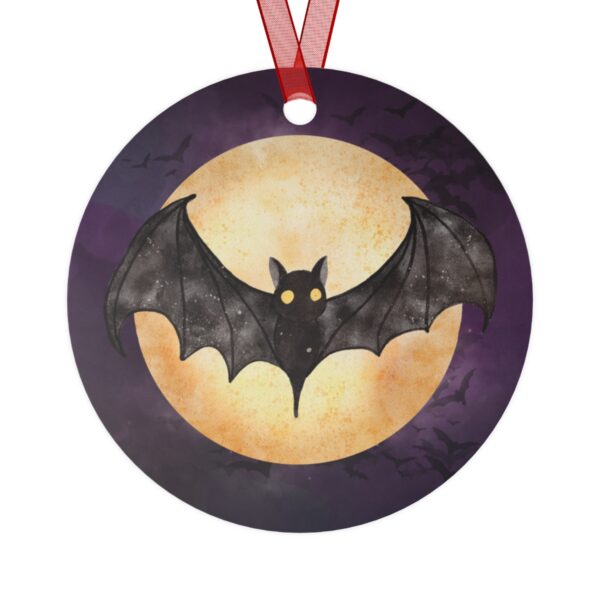
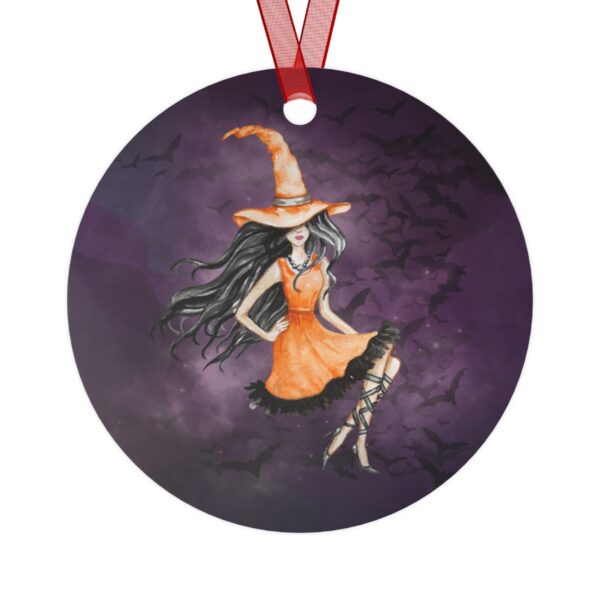

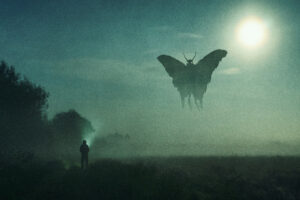
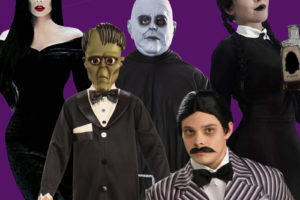

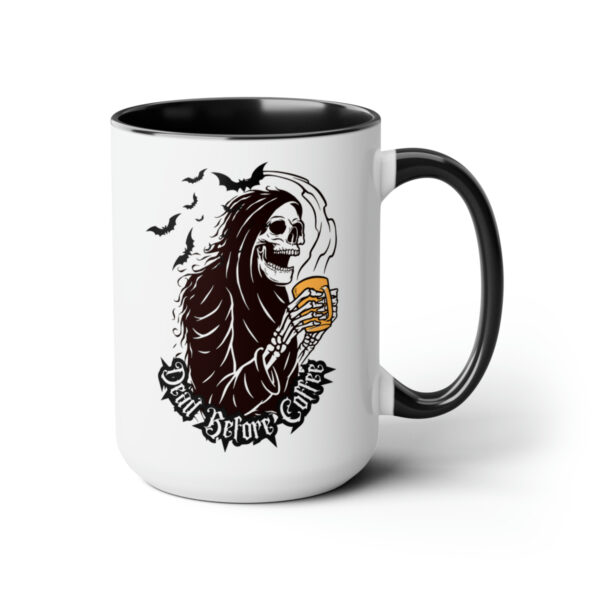
Leave a Reply